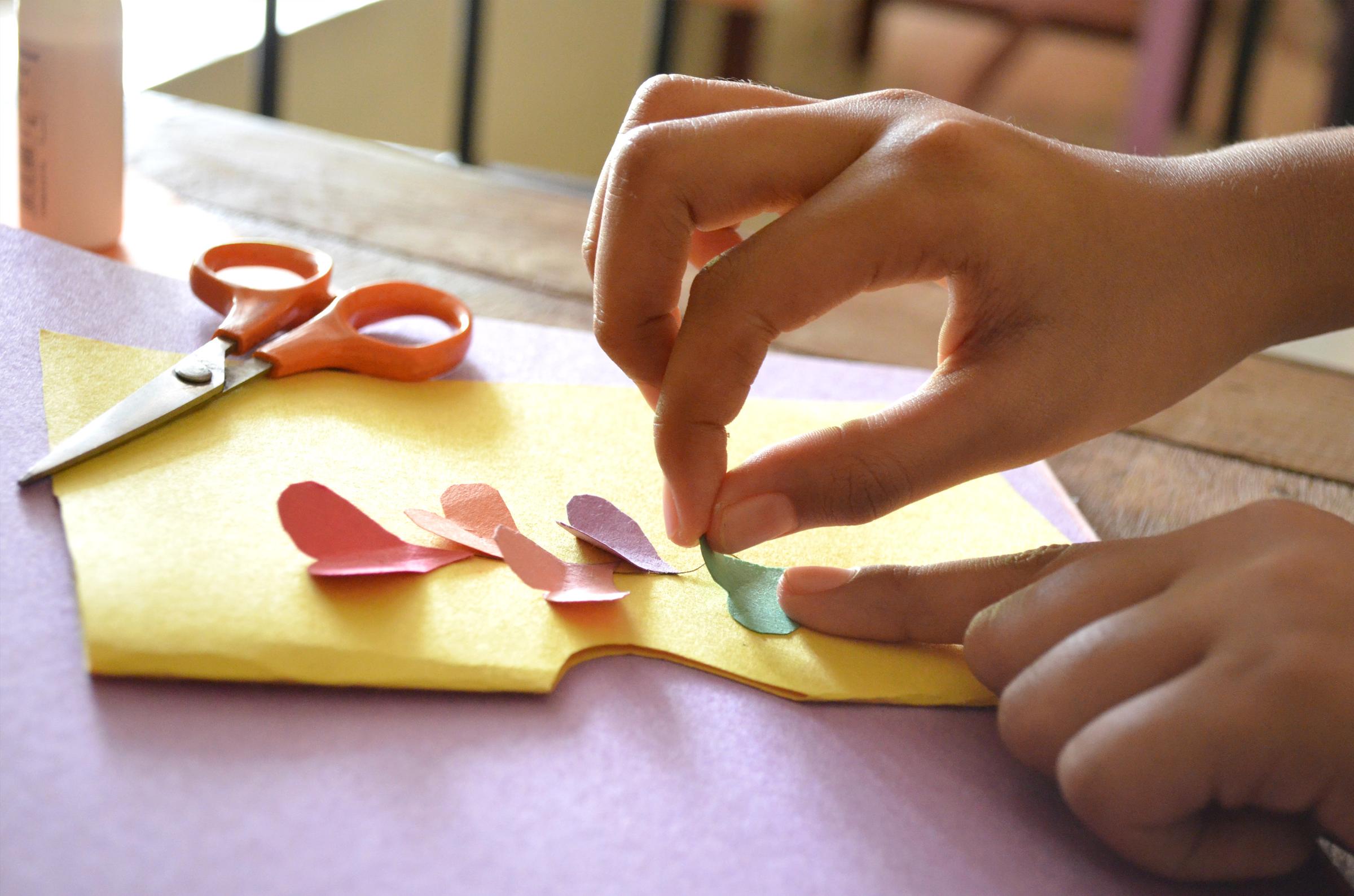Visual Communication Design

Students will be responsible for purchasing their own equipment and materials where there requirements extend beyond the basic supplies provided by the school.
Unit 1: Introduction to visual communication design
This unit focuses on using visual language to communicate messages, information and ideas. This involves acquiring and applying drawing skills as well as design thinking skills to make messages, ideas and concepts visible and tangible. Students learn to draw three-dimensional objects and they use visualisation drawing methods to explore their own ideas and concepts. Manual and digital approaches to presenting a final design are also explored.
On completing this unit students should be able to:
- Create drawings for different purposes using range of drawing methods, media and materials
- Apply design elements and design principles to create visual communication that satisfy stated purposes
- Describe how a visual communication has been influenced by past and contemporary practices and by social and cultural factors
Unit 2: Applications of visual communication with design fields
This unit focuses on the application of visual communication design knowledge, design thinking skills and drawing methods to create visual communications to successfully meet specific purposes within a designated design field (Environmental Design, Communication Design and Product design). This includes the application of architectural drawing methods, third-angle orthogonal drawing, packaging template design and use of Adobe Illustrator.
On completion of this unit students should be able to:
- Create presentation drawings that incorporate relevant technical drawing conventions and effectively communicate information and ideas for a selected field
- Manipulate type and images to create visual communication suitable for print and screen-based presentations, taken into account copyright
- Engage in stages of the design process to create a visual communication appropriate to a given brief
Unit 3: Visual communication design practices
In this unit students gain an understanding of the process designers employ to structure their thinking and communicate ideas with clients, target audiences, other designers and specialists. Through practical investigation and analysis of existing visual communications, students gain insight into how the selection of methods, media and materials, and the application of design elements and design principles, can create effective visual communications for specific audiences and purposes.
Students use their research and analysis of the process of visual communication designers to support the development of their own designs. They establish a brief for a client and apply design thinking through the design process. Students use observational and visualisation drawings to generate a wide range of design ideas and apply design thinking strategies to organise and evaluate their ideas. The brief and research underpin the developmental and refinement work undertaken in Unit 4.
On completion of this unit students will be able to:
- Create visual communications for specific contexts, purposes and audiences that are informed by analysis of existing visual communications.
- Describe how visual communications are designed and produced in the design industry and explain factors that influence these practices.
- Apply design thinking skills in preparing a brief, undertaking research and generating a range of ideas relevant to the brief.
Unit 4: Visual communication design, development, evaluation and presentation
The focus of this unit is on the development of design concepts and two final presentations of visual communications to meet the requirements of the brief. This involves applying the design process twice to meet each of the stated communication needs. They utilise a range of digital and manual two- and three-dimensional methods, media and materials. They investigate how the application of design elements and design principles creates different communication messages and conveys ideas to the target audience. As students revisit stages to undertake further research or idea generation when developing and presenting their design solutions, they develop an understanding of the iterative nature of the design process. Ongoing reflection and evaluation of design solutions against the brief assists students with keeping their endeavours focused.
On completion of this unit students should be able to:
- Develop distinctly different design concepts for each need and select and refine for each need a concept that satisfies each of the requirements of the brief.
- Produce final visual communications that satisfy the requirements of the brief.
- Devise a pitch to present and explain their visual communications to an audience and evaluate the visual communications against a brief.
Students will be responsible for purchasing their own equipment and materials where there requirements.
